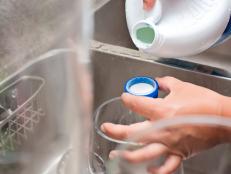1 / 9
Identifying Allergens
Allergies can strike at any time — not just in the spring or fall. Allergens (specific substances containing proteins that trigger sneezing, sniffling, watery eyes and rashes) cause the release of histamine in individuals carrying the antibody immunoglobulin E. In severe cases, a life-threatening condition called anaphylaxis can result. We'll help you idenity the top trigger in and around your home, so you can breathe better.












